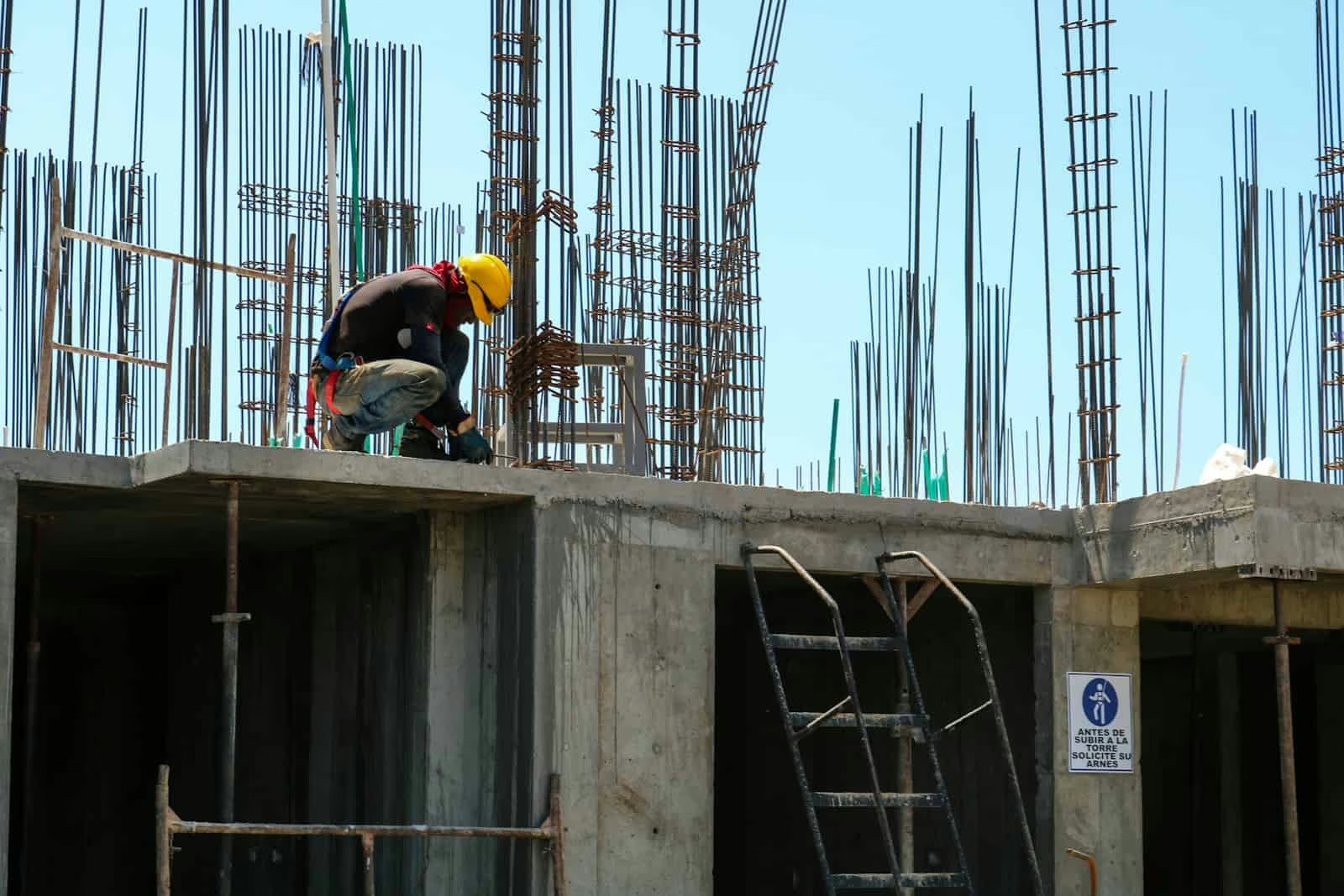Buying a off-plan property in Italy is an attractive investment, offering a unique combination of opportunities that set it apart from many other markets. In addition to the standard advantages such as lower cost, investors here are protected by specific legislation and can benefit from specific tax incentives. Let’s take a look at why this type of investment is so interesting and how to take an informed approach.
1. Why Italy? Market specificities and regions
The Italian market is not homogeneous. When considering a off-plan property purchase in Italy, the potential for growth and the type of projects vary dramatically from one part of the country to another:
- Northern Italy (Lombardy, Veneto, Piedmont): the area around Milan and the great lakes (Como, Garda) attracts with economic stability and luxury tourism. New construction here is of high quality, aimed at business customers and wealthy foreigners. The potential for capital growth is stable, but the entry price is high.
- Central Italy (Tuscany, Umbria, Lazio): the heart of “la dolce vita”. New construction often takes the form of renovated country houses(casali) or small, exclusive complexes that blend into the landscape. Rome remains a timeless market with a constant demand.
- Southern Italy (Puglia, Sicily, Sardinia): these are the regions with the highest growth potential at the moment. The boom in tourism in Puglia and the attractiveness of the islands are leading to many new projects, often at much more affordable prices. Here, capital appreciation can be highest, but also requires more careful developer due diligence.
2. Key financial advantages of buying off-plan property in Italy
Lower purchase price and VAT (IVA) In addition to the standard discount, in Italy it is key to know the value added tax (IVA) that is charged when buying from a construction company:
- 4% IVA: If the property will be your first/main residence(prima casa).
- 10% IVA: If a second home/vacation property.
- 22% IVA: For luxury properties classified in certain cadastral categories.
Knowing this difference is very important for the final cost of the investment.
Government incentives and bonuses (Bonus Edilizi): The Italian government periodically offers generous bonuses for construction and renovation. These can also apply to buyers of new properties if the builder passes them on as a discount. Although changed for 2024/2025, programmes such as Bonus Casa, Ecobonus and Sismabonus still exist.
3. Unique legal protections for the buyer in Italy
This is the strongest argument in favour of investing in off-plan properties in Italy. Decreto Legislativo 122/2005 provides exceptional protection for buyers:
1. Mandatory bank guarantee (Fideiussione). If the builder goes bankrupt, the buyer gets his money back from the bank. This eliminates the biggest risk.
2. Ten-year insurance policy (Polizza Decennale Postuma).
3. The central role of the notary (Notaio). He carries out a thorough check of all documents, building permits and guarantees before finalization.
4. Specific risks and how to manage them
Despite the protections, there are Italy-specific risks:
- Bureaucracy and delays: the Italian administration can be slow.
- Solution: Include clear terms and penalties for delays in the contract.
- Building restrictions: in natural areas and those of historical importance(vincolo storico/paesaggistico) there are strict rules.
- Solution: make sure through the notary that the project has all the necessary approvals.
Conclusion: informed investment is profitable
As we have seen, investing in off-plan property in Italy is much more than just a bet on future value. Thanks to unique legal protections such as the bank guarantee and ten-year insurance, the risk for the investor is significantly lower.
The key to success lies in a detailed study of the region, the reputation of the developer and, above all, in taking full advantage of the protective mechanisms provided by the Italian legal system. With the right approach and the assistance of an experienced lawyer and notary, Italy offers one of the safest and most attractive environments for new construction investment in Europe.
You might also like:
- The UAE economy in 2025: Can growth withstand global risks?
- Why Turkey attracts Bulgarian investors: beyond affordable prices
- The term “blue chip” in real estate: basic concepts and examples
This post is also available in: Български







